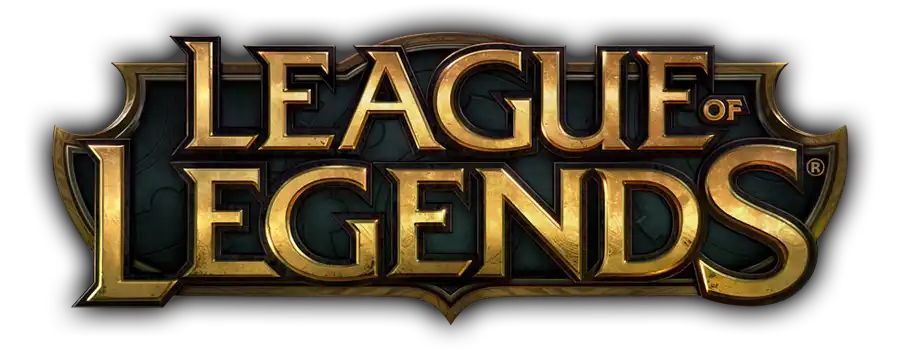The Emergence of YouTube
YouTube, since its inception in 2005, has grown from a small platform where videos could be shared into a gigantic media landscape. With more than 1 billion users worldwide, the video sharing platform has become a global phenomenon.
The reason behind YouTube's massive success is its intuitive, user-friendly interface, which allows anyone to upload, share and view videos. However, it is another feature, an unseen and often overlooked aspect of the platform, that has primarily contributed to its explosion in popularity - the algorithm.

YouTube’s algorithm is responsible for sorting through the platform’s vast and diverse array of content to deliver personalized video recommendations to its users. This powerful tool keeps viewers engaged, thus driving the platform's growth.
Over the years, this algorithm has been subjected to many changes. Each change to the algorithm is introduced with the aim of improving the platform's user experience, but often leads to unpredicted results.
The Evolution of the Algorithm
When YouTube was in its early stages, the algorithm simply focused on the number of views a video had. The belief was that more views would equate to better content. However, this system was open to exploitation as creators began making misleading titles and thumbnails to attract views, regardless of the quality of the content.
In response, YouTube moved to change the algorithm. The updated algorithm now prioritized videos based on 'watch time.' This metric combined the total number of views with the amount of time viewers spent watching a video. Higher watch time would lead to more promotion of the videos by the platform.
The introduction of this new watch-time metric was a game-changer for both video creators and viewers. Creators adjusted their content to keep viewers engaged for longer, while viewers found themselves watching longer and presumably more engaging videos, resulting in an overall improved experience.
Despite these improvements, this new system was not without flaws. The pressure on creators to produce longer videos often led to a dip in content quality.
The Changes Continue
YouTube's engineers did not stop at just the watch-time algorithm. They made another significant change, this time focusing on 'watch sessions.' The idea was to reward videos that did not just have a longer watch time, but also led viewers to watch more videos on the platform.
This latest change underlined what would become a recurring theme in YouTube's updates - a continuing shift to favor content that keeps viewers lodged within the YouTube ecosystem for as much time as possible.
As these changes rolled out, popular creators found their content being pushed down while those who adopted the changes and produced content according to the new algorithm were rewarded with visibility. This evolution created a new YouTube environment and affected the presentation and consumption of content.
Creators grappled with the necessity to adapt to the ever-changing algorithm or risk their channel's stagnation or even decline.
Impact on Content Creators and Community
Every change to the algorithm had far-reaching effects on the creators and the community. The shift from views to watch time signaled an era where audiences increasingly favored long-form content. This situation forced creators to make longer videos or risk getting buried under the vast sea of content on YouTube.
The change led to the surge in popularity of 'Let's Play' video series, livestreams, and other long-form content, all designed to maximize watch time and keep viewers on the platform as long as possible. However, it also brought about a rise in clickbait, as creators sought to lure viewers into watching their videos.
Video creators did not just have to adapt to what the algorithm demanded, but also what the viewers wanted. Creators who failed to balance these two key factors often found themselves losing visibility. Others gamed the algorithm to their advantage, creating content tailored for high watch times, often at the expense of quality.
However, despite the trials and the tumultuous journey, the algorithm is credited with propelling several creators to unprecedented levels of popularity and success.
The Evolution Continues
The changes to the algorithm have invariably shaped the YouTube landscape, but they have also raised concerns. The rise of misleading clickbait content and the pressure to constantly produce long-form content to remain relevant is a concern for many.
Some argue that these issues were a by-product of the algorithm's core purpose: to keep viewers watching so they remain within the YouTube ecosystem. Yet, YouTube continues to tweak its system in an effort to improve user experience, mitigate these concerns and keep the platform dynamic and engaging for all.
Through its algorithm changes and advancements, YouTube has not only transformed its own platform but reshaped Internet culture itself. In focusing on watch time, YouTube encouraged creators to produce content designed to captivate audiences for longer, altering the core nature of online video content.
The significant changes initiated by YouTube’s algorithm are proof of the platform's power and influence. They highlight that YouTube's evolution is far from over, and that its algorithm will continue to change and affect the platform in new and unpredictable ways.